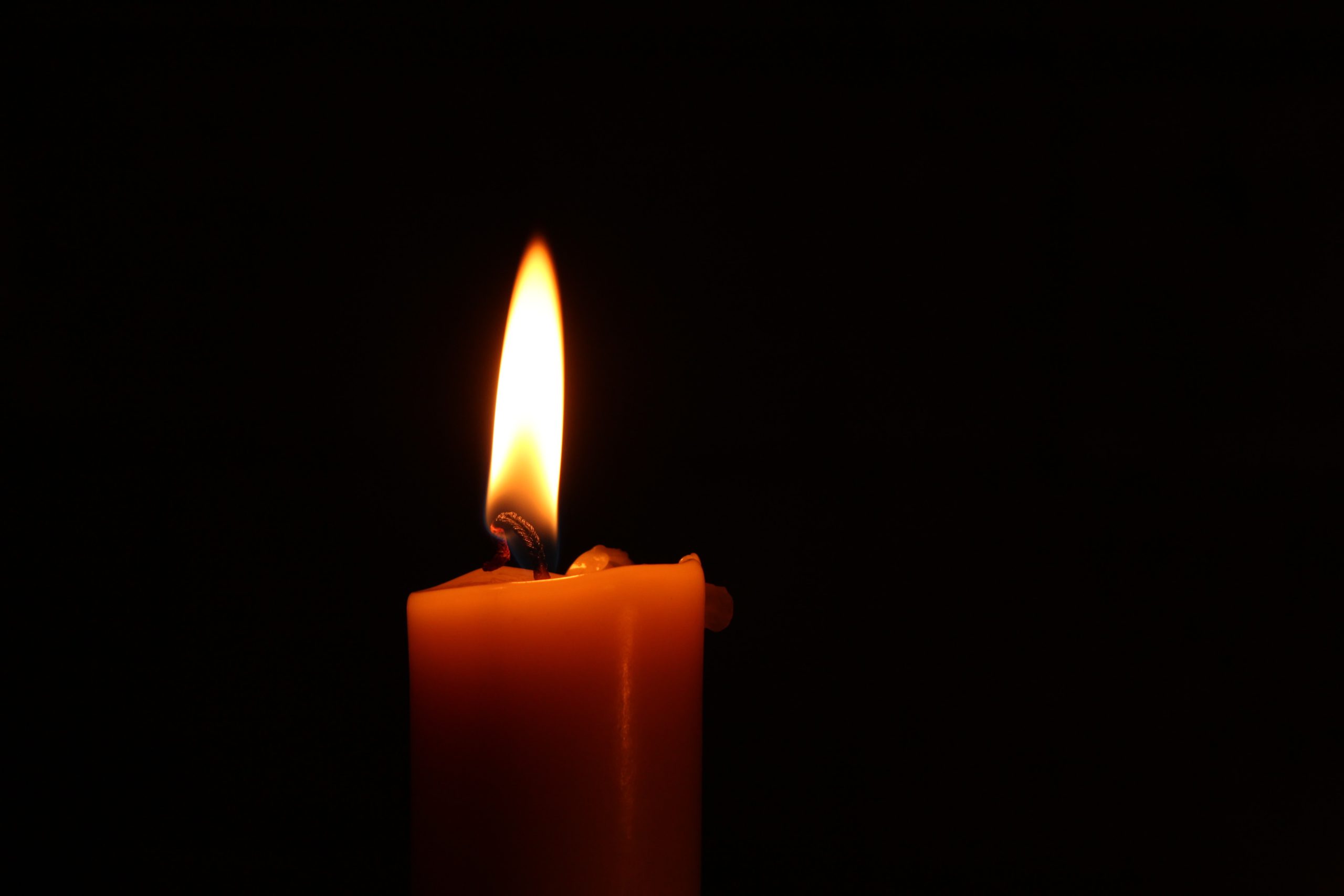
By Pamela Walsh
In today’s world, people are busy, yet in some places, certain people will be important enough for them to stop their busy lives and make time and gravitate towards that person. In the Archdiocese of Regina, a pastoral visit occurred with Canadian Papal Nuncio Archbishop Bonazzi coming to the region. With multiple full days, he actively engaged and participated with those in the church, through masses and meetings.
The first day there was a mass at the Cathedral. To quote Alison Bradish’s article on the Regina Archdiocese website “An impressive procession of priests, deacons and one of our seminarians from the Archdiocese of Regina made their way to the altar at Holy Rosary Cathedral March 10th for Mass with Archbishop Luigi Bonazzi, the Papal Nuncio to Canada.” I did not attend the mass. There was an open invitation to the faithful of the diocese. As a victim of clergy sexual abuse, outside and not in communion with the church, I don’t fall into that category. I began to wonder what exactly is a Papal Nuncio pastoral visit and who is it aimed at. It was clear it was for those in the church, those in the clerical realm, but what about others, where did they fit into the mix?
On Wednesday evening Archbishop Bonazzi attended a specially designed gathering to allow him the opportunity to meet victims of clergy sexual abuse and attend a prayer service written by a victim. What differed allowing me to attend this event and not the mass? I was invited to attend even though I am outside the church. I would speak the words of another victim during the service. This was not easy; nothing is easy about being a victim, even walking into a church can be terrifying. So why would I go and why was it important for the nuncio to be present?
The first was to support those who attended and be a presence for those victims that could not attend for reasons ranging from depth of pain to being dead. Clergy sexual abuse is destructive. It takes so much from a person and leaves life long wounds. As a victim, I understand the need to walk with wounded people; sadly, so many do not see the privilege of doing so.
The second part was to give witness to victim’s truths, hearing their voices, letting them know that although our experiences are different, victims often carry many of the same burdens, pain, hurt, blame, and shame, all placed on them, none of their making. No victim is in any way responsible for what happened; they did not ask to be abused or cause it. Yet there are still those that firmly believe that the priest was the victim; the church was/is the victim. It became important that Archbishop Bonazzi hear for himself the depths of pain that victims deal with, often daily. This was not an easy endeavour for me, or I suspect for any victim that spoke with him. Being in a church is a terrifying experience for me, but speaking my truth to the nuncio was far too important not to do so.
The evening also included a prayer service. I did not write the service. However, I was honoured to be able to speak the truth of the person that wrote it. The powerful words echoing at Holy Trinity Parish in Regina gave voice to the many aspects victims live with: pain, shame, worthlessness, being cast aside, and posing the question ‘are you there God?’ Crying out for god to not let go. The image of a broken heart with a broken person sitting beside it on the steps of the altar is an image of the reality that victims live with. With light being sent out the victim walks away with no light to guide them.
Unlike the Cathedral Mass there were not impressive amounts of priests or deacons coming to walk with victims or to hear the words. Somehow victims in their lives are less important, or perhaps it is the anguish and pain they turn away from. The ten or so priests that attended heard victim’s words, they experienced pain and suffering. Not every priest is an abuser, and not ever priest walks away or shuts the door to the church; some priests suffer greatly by walking with victims. They may experience shame and guilt for what others have done. Those are real experiences. However, it will never equal the pain, guilt, shame, and blame a victim feels.
For me it was important for the pope’s representative to hear the words of victims, to know some have been tossed aside like garbage, to know there is a legacy of abuse in the Archdiocese of Regina and the impact victims live with. Perhaps one day, that impressive procession of priests, deacons, and a seminarian that paraded through the Cathedral will come to witness the depths of pain victims go through and begin to walk with those the church has come to disregard.
